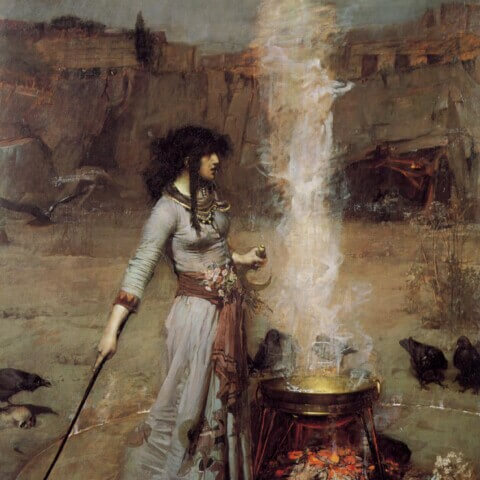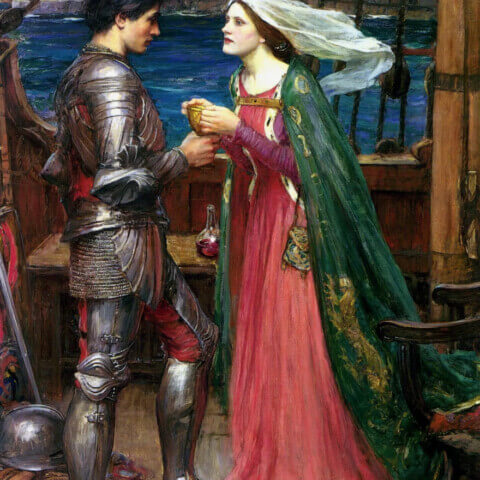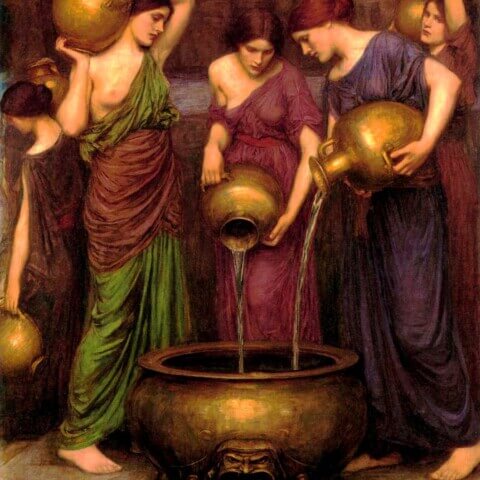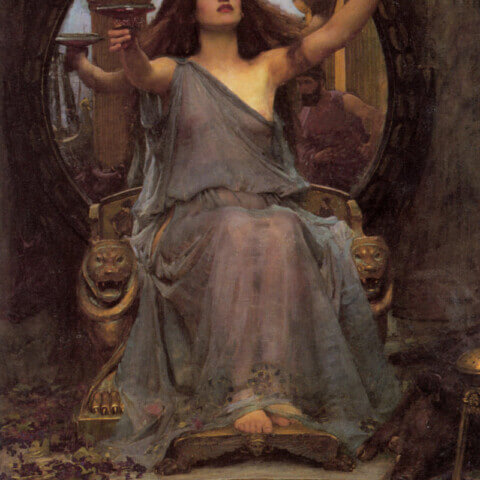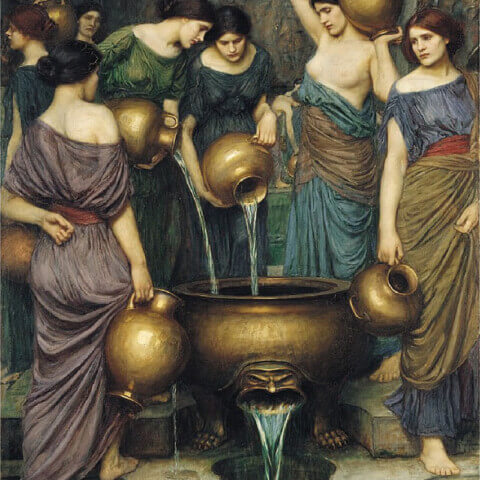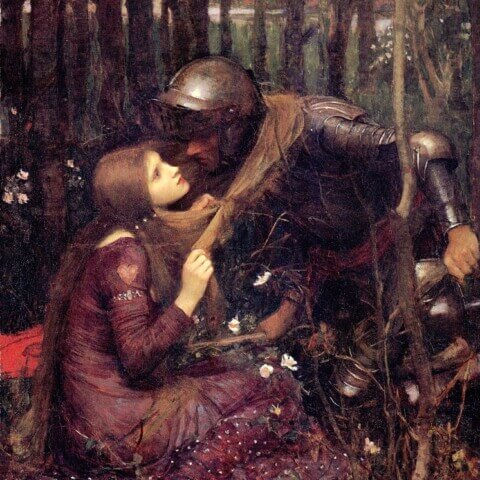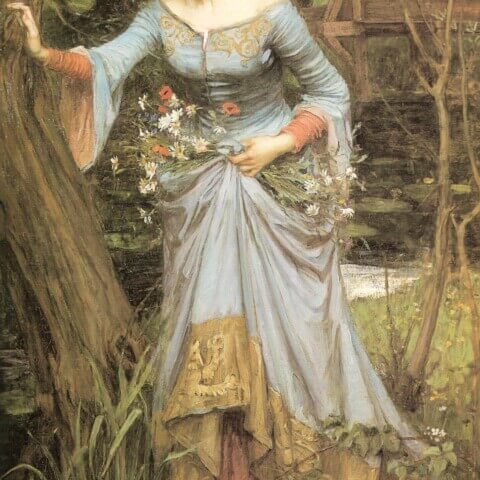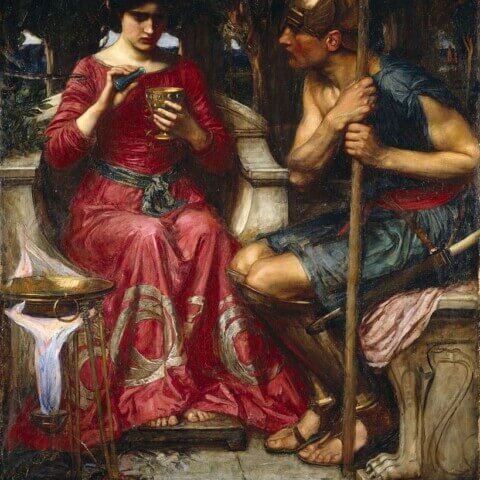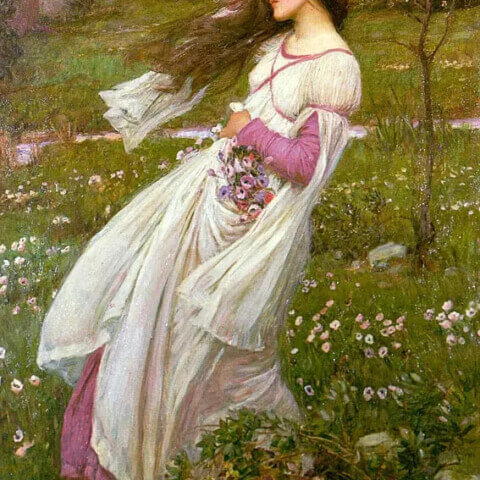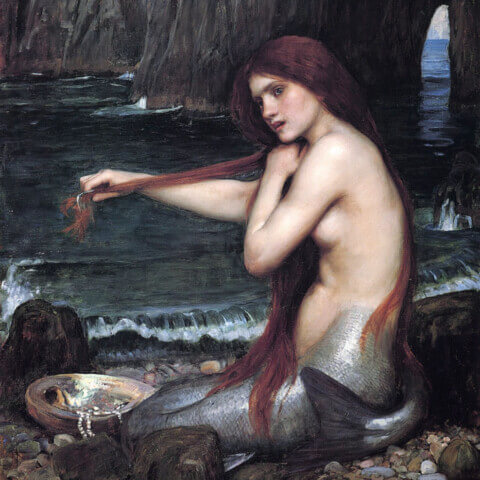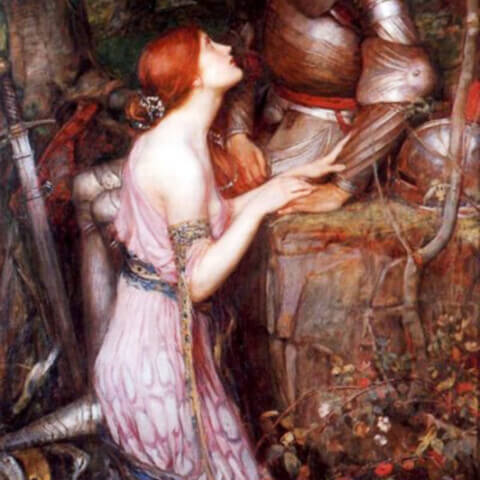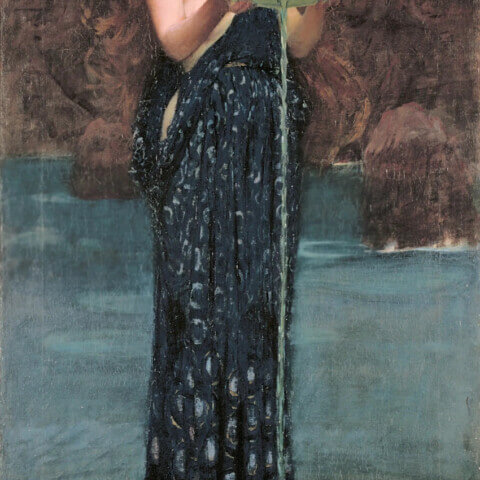John William Waterhouse

John William Waterhouse (1849-1917) was an iconic British painter and illustrator known for his remarkable contributions to the Pre-Raphaelite movement, despite his late arrival to the scene. His unique approach to art, which often mingled classical mythology and literature with a touch of romanticism, earned him widespread recognition and lasting impact on the art world.
Waterhouse was born on April 6, 1849, in Rome, Italy, to English parents who were both painters. His early exposure to art in this culturally rich environment shaped his artistic inclinations. The family moved back to England in 1854, and by his teenage years, Waterhouse began studying at the Royal Academy Schools, a prestigious institution where he would later become a professor.
Waterhouse’s style was greatly influenced by the works of the early Pre-Raphaelites, especially Dante Gabriel Rossetti. However, he evolved his unique artistic signature by blending Pre-Raphaelite principles with the techniques of the French impressionists and the classical subjects of the Victorian neoclassicists.
His works, predominantly featuring powerful or tragic female characters from mythology and literature, are celebrated for their vivid detailing, atmospheric backgrounds, and expressive narrative style. Some of his most acclaimed paintings include “The Lady of Shalott” (1888), “Hylas and the Nymphs” (1896), and “Ophelia” (1894), all reflecting his fascination with tragic or doomed women.
Though his style was somewhat at odds with the modernist trends emerging at the time, Waterhouse continued to enjoy success and acceptance throughout his career. His fascination with the past provided a counter-narrative to the rapidly industrializing world of the late 19th and early 20th centuries.
Waterhouse served as an associate of the Royal Academy from 1885, and later as a full member from 1895 until his death in 1917. Despite his declining health in later years, he continued painting, leaving behind an unfinished canvas in his studio when he passed away on February 10, 1917.
John William Waterhouse’s art continues to enchant and inspire audiences, with his interpretations of classic literature and myth enduring as some of the most captivating images in British art. His legacy persists as a testament to the enduring allure of the Pre-Raphaelite ideals and the power of narrative in visual art.
- 1
- 2

